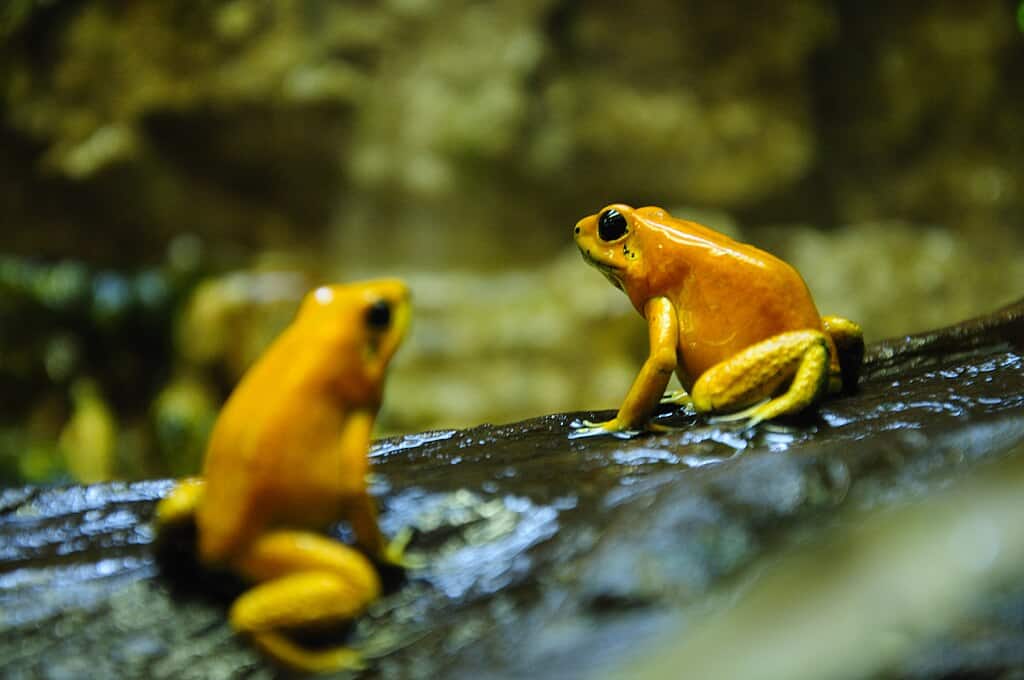When you think of dangerous animals, your mind probably jumps to lions, bears, or maybe even sharks. But here’s a shocking reality that might surprise you: the most lethal creatures on our planet aren’t the ones with massive teeth or crushing jaws. They’re often small, seemingly harmless animals that carry enough venom to kill dozens of humans with just one bite, sting, or touch. From the icy waters of Antarctica to the scorching deserts of Australia, every continent harbors its own venomous champion. These biological weapons have evolved over millions of years to deliver precise, deadly cocktails of toxins that can shut down nervous systems, destroy blood cells, or cause excruciating pain in seconds. What makes these creatures even more fascinating is how they’ve adapted to their specific environments, creating unique venom profiles that reflect the evolutionary pressures of their habitats.
Antarctica’s Surprising Venomous Resident

While Antarctica might seem like a frozen wasteland devoid of venomous life, the surrounding Southern Ocean tells a different story. The Antarctic stone fish, scientifically known as Notothenia coriiceps, lurks in the icy waters around the continent’s edges. This remarkable fish has adapted to survive in temperatures that would kill most other marine life, developing antifreeze proteins in its blood.
What makes this creature particularly dangerous is its ability to inject venom through specialized dorsal spines that can penetrate thick gloves and boots. The venom causes immediate intense pain, followed by tissue necrosis and potential systemic toxicity. Maritime researchers and fishermen working in Antarctic waters have reported excruciating encounters with these hidden predators.
The Antarctic stone fish represents nature’s incredible ability to adapt venomous capabilities even in the most extreme environments. Its venom has evolved to work efficiently in near-freezing temperatures, making it a unique specimen in the world of toxic marine life.
North America’s Silent Assassin
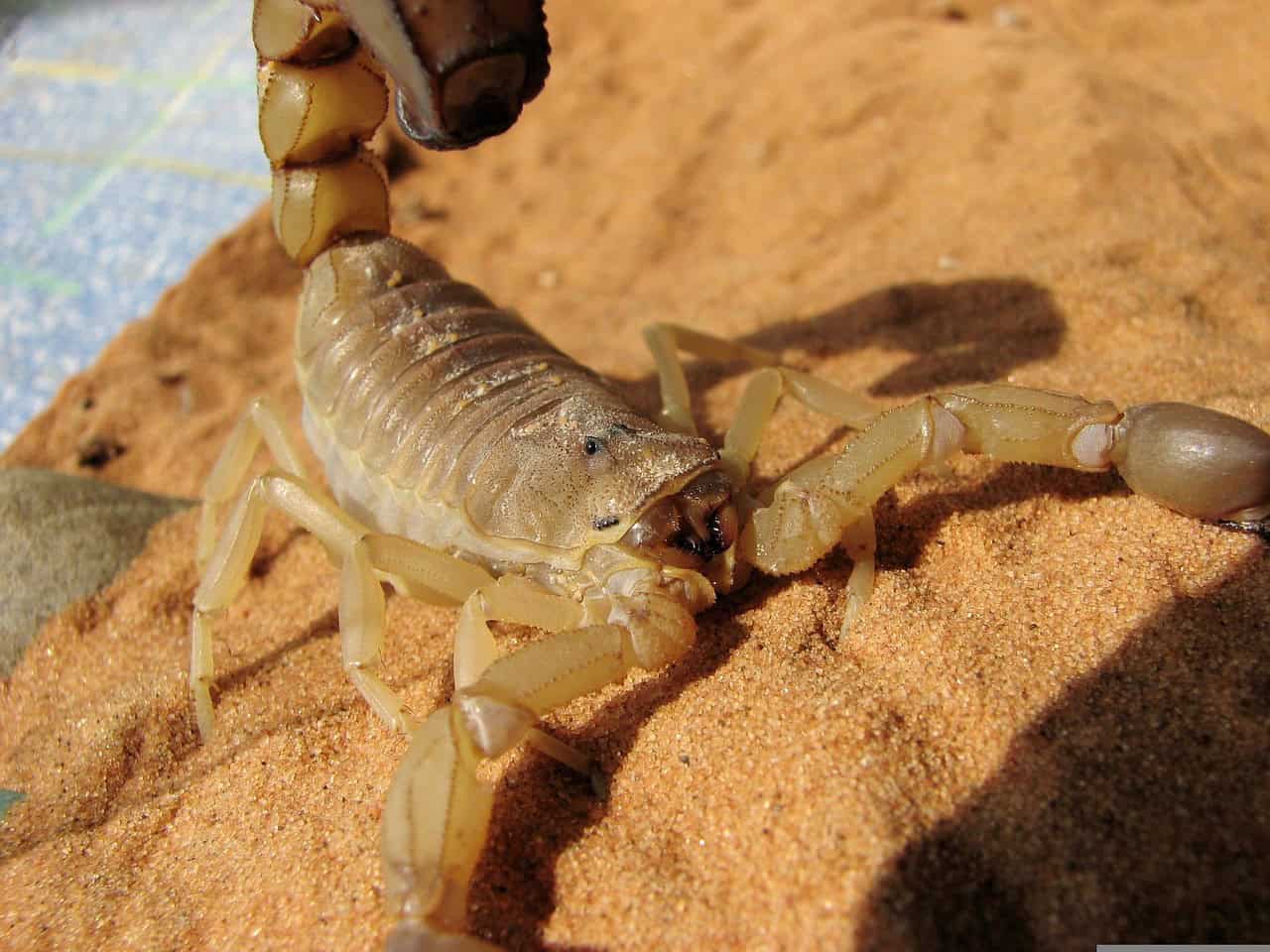
The Arizona bark scorpion (Centruroides sculpturatus) holds the deadly distinction of being North America’s most venomous creature. This pale, translucent arachnid measures only 2-3 inches long but packs enough neurotoxic venom to kill a human within hours. Unlike many venomous animals that use their toxins primarily for hunting, the bark scorpion’s venom is specifically designed for defense.
What makes this scorpion particularly terrifying is its habit of hiding in shoes, clothing, and bedding. Thousands of people are stung annually in Arizona alone, with children and elderly individuals facing the highest risk of death. The venom attacks the nervous system, causing severe pain, numbness, difficulty swallowing, and potentially fatal respiratory paralysis.
Before antivenom became widely available in 2007, the Arizona bark scorpion killed more people in Arizona than all other venomous animals combined. Even today, a sting from this desert dweller requires immediate medical attention and can result in hospitalization lasting several days.
South America’s Tiny Terror

Deep in the Amazon rainforest lives the golden poison dart frog (Phyllobates terribilis), arguably the most venomous animal on Earth. This stunning yellow amphibian, measuring barely 2 inches long, carries enough batrachotoxin in its skin to kill 10 adult humans. Indigenous tribes have used this frog’s secretions to poison their arrows for centuries, giving it its common name.
The frog’s venom is so potent that simply touching it can cause severe poisoning. The batrachotoxin interferes with sodium channels in nerve cells, causing immediate paralysis and cardiac arrest. What’s particularly fascinating is that these frogs aren’t born venomous – they acquire their toxicity by eating specific ants that contain the alkaloid precursors.
In captivity, golden poison dart frogs lose their venomous properties within weeks due to dietary changes. This discovery has led researchers to study the intricate relationship between diet and venom production, opening new avenues for understanding how some of nature’s most deadly toxins are created and maintained.
Europe’s Underestimated Danger

The European adder (Vipera berus) might not seem as intimidating as tropical snakes, but it’s Europe’s most venomous native species. This snake’s range extends from Western Europe all the way to the Pacific Ocean, making it one of the most widely distributed venomous snakes in the world. Its venom contains a complex mixture of enzymes, proteins, and toxins that cause severe tissue damage and systemic effects.
What makes the European adder particularly dangerous is its unpredictable temperament and the fact that it’s often encountered by hikers and outdoor enthusiasts. The snake’s bite can cause severe pain, swelling, nausea, and in rare cases, death. Children and individuals with compromised immune systems face the highest risk of serious complications.
Recent climate change has expanded the adder’s range northward, bringing it into contact with human populations that have little experience dealing with venomous snakes. This has led to an increase in bite incidents across Scandinavia and other northern European regions where the species was previously rare.
Africa’s Feathered Killer

The hooded pitohui (Pitohui dichrous) from Papua New Guinea holds the distinction of being the world’s most venomous bird, but Africa has its own toxic avian representative. The African spur-winged goose (Plectropterus gambensis) accumulates significant levels of cantharidin in its tissues from eating blister beetles. This makes the bird’s meat potentially lethal to humans who consume it.
While not actively venomous like snakes or spiders, these geese represent a unique form of toxicity in the bird world. The cantharidin they accumulate can cause severe blistering, kidney damage, and death if consumed in sufficient quantities. Traditional hunters in parts of Africa have long known to avoid eating these birds during certain seasons when their toxicity peaks.
The African spur-winged goose demonstrates how toxicity can be acquired through diet rather than evolved as a defense mechanism. This passive accumulation of toxins represents an interesting evolutionary strategy that blurs the line between venomous and poisonous animals.
Asia’s Oceanic Nightmare

The blue-ringed octopus (Hapalochlaena maculosa) inhabits the coastal waters of Asia and Australia, but its presence in Asian waters makes it the continent’s most venomous marine creature. This small cephalopod, no bigger than a golf ball, carries enough tetrodotoxin to kill 26 adult humans within minutes. The toxin is the same compound found in pufferfish and is 1,000 times more potent than cyanide.
What makes the blue-ringed octopus particularly dangerous is its docile appearance and the fact that its bite is often painless. Victims may not realize they’ve been bitten until paralysis begins to set in. The octopus’s vibrant blue rings only appear when it feels threatened, serving as a warning that often goes unheeded by curious swimmers and divers.
The tetrodotoxin blocks sodium channels in nerve cells, causing rapid paralysis while leaving the victim fully conscious. There is no antidote for blue-ringed octopus envenomation, making immediate life support the only treatment option. Survivors often describe the terrifying experience of being fully aware while unable to move or breathe.
Australia’s Underwater Assassin
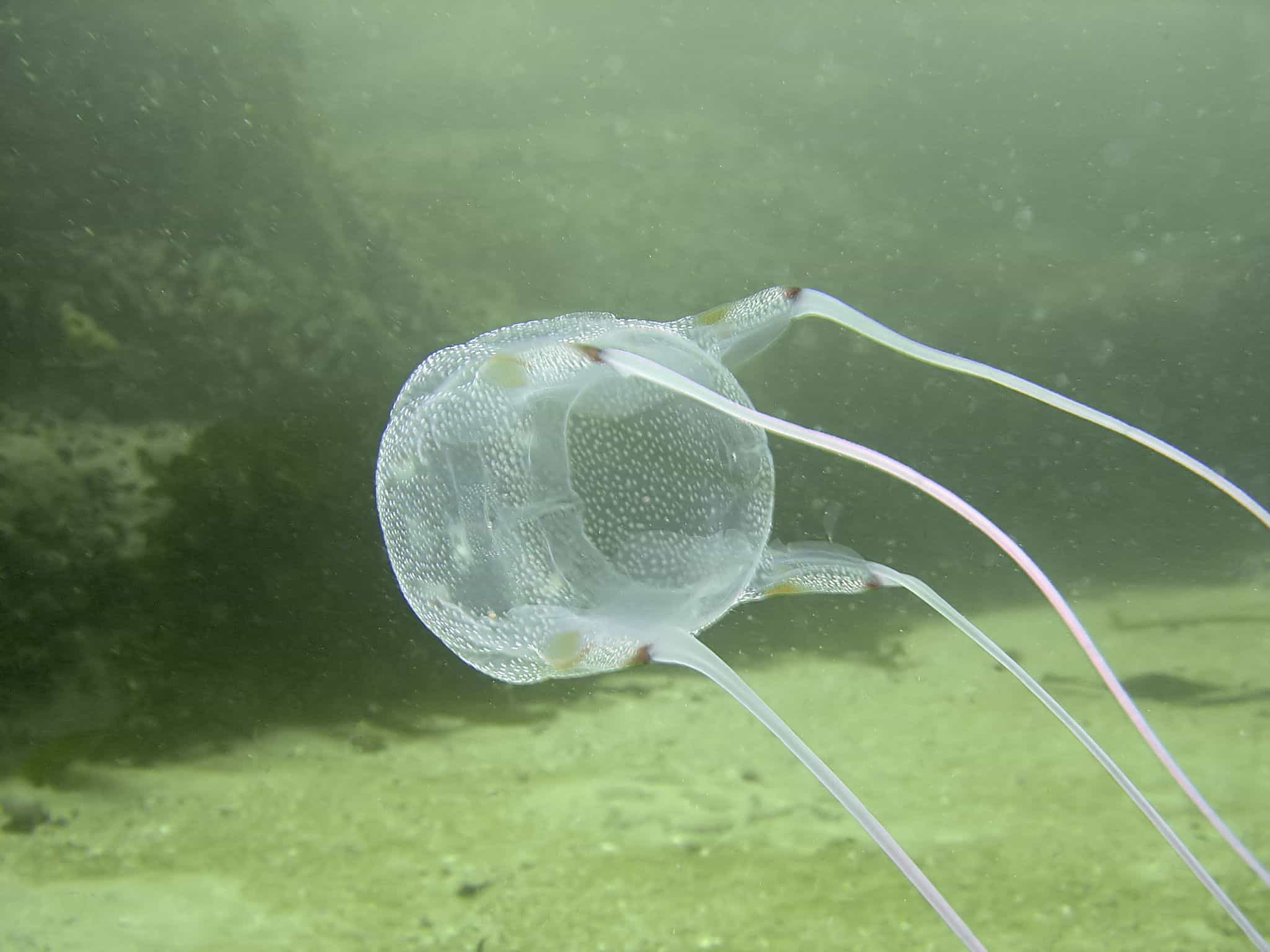
The box jellyfish (Chironex fleckeri) reigns as Australia’s most venomous creature and possibly the most venomous animal on Earth. This translucent marine predator’s tentacles can extend up to 10 feet and contain billions of cnidocytes, each loaded with enough venom to kill a human. The jellyfish’s toxin causes excruciating pain, cardiac arrest, and death within minutes of contact.
What makes the box jellyfish particularly terrifying is its near-invisibility in water and its active hunting behavior. Unlike most jellyfish that drift passively, box jellyfish actively pursue prey and can swim at speeds up to 4 knots. They possess sophisticated eyes that can detect objects and navigate toward them, making them efficient predators.
The jellyfish’s venom is so potent that vinegar, commonly used to treat jellyfish stings, can actually make box jellyfish envenomation worse by causing undischarged cnidocytes to fire. Specialized antivenom exists, but it must be administered within minutes of the sting to be effective. Many victims die before reaching medical care.
The Evolutionary Arms Race
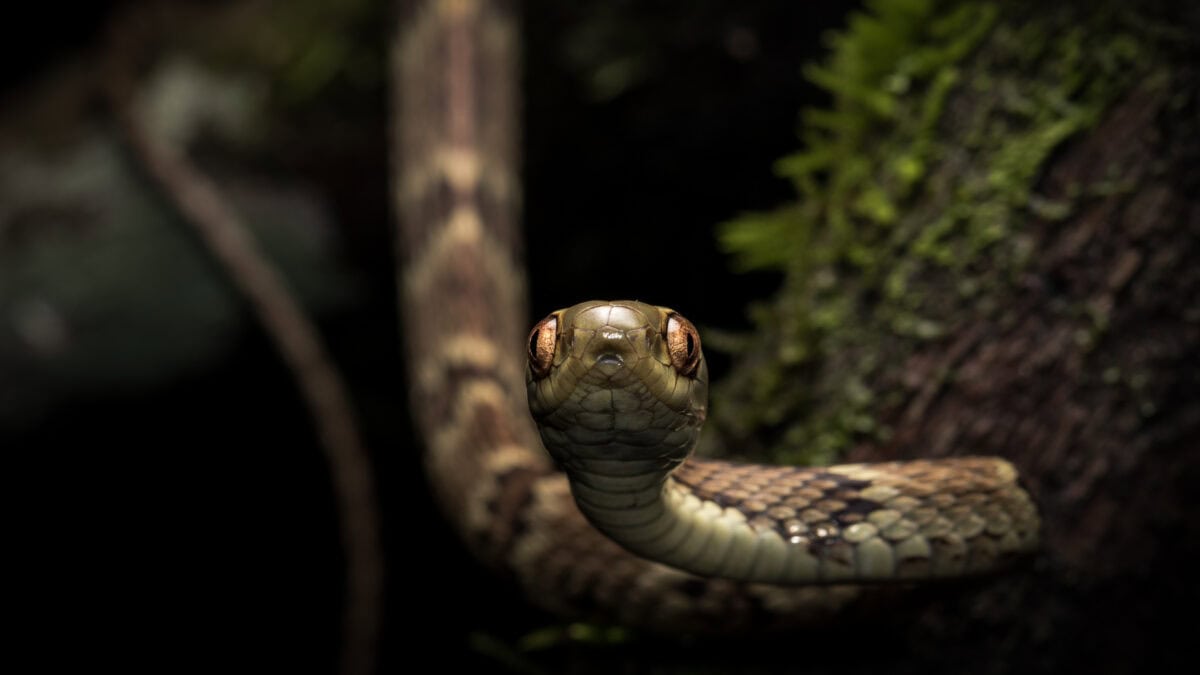
The development of venom across different continents represents one of nature’s most fascinating evolutionary phenomena. Each continent’s most venomous species has evolved unique toxin profiles that reflect the specific challenges and opportunities of their environments. This evolutionary arms race has produced an incredible diversity of venoms, from neurotoxins that shut down nervous systems to cytotoxins that destroy tissue.
What’s particularly interesting is how similar venomous strategies have evolved independently on different continents. For instance, both the Arizona bark scorpion and the European adder have developed neurotoxic venoms, despite being completely unrelated species. This convergent evolution demonstrates how effective certain toxin types are for survival.
The study of these venoms has led to breakthrough medical treatments, including pain medications, blood thinners, and even potential cancer therapies. Scientists continue to discover new compounds in venoms that could revolutionize medicine, making these dangerous creatures valuable allies in the fight against human disease.
Venom vs. Poison: Understanding the Difference

Many people confuse venomous and poisonous animals, but the distinction is crucial for understanding how these continental champions deliver their deadly payloads. Venomous animals inject their toxins through specialized delivery systems like fangs, stingers, or spines. Poisonous animals, on the other hand, are toxic when eaten or touched.
The most venomous animals on each continent have evolved sophisticated injection mechanisms that ensure their toxins reach their target efficiently. These delivery systems are often as impressive as the venoms themselves, featuring precision-engineered fangs, barbed stingers, or explosive cnidocytes that can penetrate skin and deliver their deadly cargo.
Understanding this difference is vital for both scientific research and public safety. While you might survive accidentally touching a venomous snake (though this isn’t recommended), the same contact with a poisonous animal could be fatal. This distinction has shaped how different cultures approach and interact with dangerous wildlife.
The Role of Geography in Venom Evolution

The geographic distribution of the world’s most venomous animals reveals fascinating patterns about how environment shapes evolution. Tropical and subtropical regions tend to harbor more venomous species, likely due to higher biodiversity and more intense competition for resources. The warm climates also allow for more active metabolisms, supporting the energy-intensive process of venom production.
Island environments, like those found in Australia and various Pacific islands, often produce particularly potent venoms. This phenomenon, known as island gigantism or intensification, occurs because isolated populations face unique evolutionary pressures that can lead to extreme adaptations. The box jellyfish’s incredible toxicity may be partly due to Australia’s isolation and unique marine ecosystem.
Climate change is now altering these geographic patterns, with many venomous species expanding their ranges into previously uninhabitable areas. This shift brings new challenges for human populations that may lack experience dealing with these dangerous creatures, highlighting the importance of education and preparedness.
Venom Composition and Delivery Mechanisms

The chemical composition of venoms varies dramatically between species and continents, reflecting millions of years of evolutionary refinement. Snake venoms typically contain complex mixtures of enzymes, proteins, and peptides that work together to immobilize prey and begin digestion. Scorpion venoms focus primarily on neurotoxins that quickly paralyze victims.
Marine venoms, like those found in the box jellyfish and blue-ringed octopus, often contain unique compounds not found in terrestrial species. These toxins must work in aquatic environments and often need to be more potent due to dilution effects. The delivery mechanisms have also evolved to work efficiently underwater, with specialized structures that can penetrate skin even when wet.
The study of venom delivery systems has inspired numerous biomedical innovations, from more effective syringes to novel drug delivery methods. Nature’s millions of years of trial and error have produced injection systems that are often more efficient than human-designed alternatives.
Medical Significance and Antivenom Development

The development of antivenoms for each continent’s most dangerous species represents one of modern medicine’s greatest achievements. These life-saving treatments are created by injecting small amounts of venom into horses or sheep, then harvesting the antibodies their immune systems produce. The process is time-consuming and expensive, but it has saved countless lives.
Each antivenom must be specifically designed for particular venoms, as the antibodies that neutralize one species’ toxins may be ineffective against another’s. This specificity means that regions with diverse venomous fauna require multiple antivenoms, creating significant logistical and financial challenges for healthcare systems.
Recent advances in biotechnology are revolutionizing antivenom production, with researchers developing synthetic alternatives and more effective delivery methods. These innovations could make life-saving treatments more accessible in remote areas where encounters with venomous animals are most likely to occur.
Human Encounters and Safety Measures

Understanding how to avoid and respond to encounters with venomous animals is crucial for anyone living in or visiting areas where these creatures are found. Each continent’s most dangerous species requires different precautionary measures, from checking shoes for bark scorpions in Arizona to wearing protective clothing when swimming in Australian waters.
Education plays a vital role in preventing venomous animal encounters. Many bites, stings, and other envenomations occur because people don’t recognize dangerous species or understand their behavior patterns. Simple measures like using flashlights at night, wearing appropriate footwear, and avoiding handling unknown animals can dramatically reduce risk.
First aid protocols for venomous animal encounters vary significantly depending on the species involved. What works for a snake bite might be harmful for a jellyfish sting, making species-specific knowledge essential. Emergency responders in different regions must be trained to handle the particular venomous threats in their areas.
Conservation Challenges and Threats

Many of the world’s most venomous animals face significant conservation challenges, from habitat loss to climate change. The golden poison dart frog’s rainforest habitat is rapidly disappearing due to deforestation, while rising ocean temperatures threaten marine species like the box jellyfish. These environmental pressures could lead to the loss of unique venom compounds before they’re fully studied.
The medical importance of venomous animals adds another layer to conservation efforts. Losing a species means potentially losing valuable compounds that could lead to new treatments for human diseases. This connection between biodiversity and human health provides additional motivation for protecting dangerous species that might otherwise be overlooked.
Climate change is particularly challenging for venomous species, as it can alter their distribution, behavior, and venom potency. Some species are expanding their ranges into new areas, while others are losing their traditional habitats. These shifts create new challenges for both conservation and public health.
The Future of Venom Research

Advances in molecular biology and biotechnology are opening new frontiers in venom research. Scientists can now analyze venom components at the genetic level, understanding how different toxins are produced and how they might be modified for medical applications. This research is leading to the development of new painkillers, blood thinners, and even anti-cancer compounds.
Artificial intelligence and machine learning are being used to predict the effects of different venom components and to design more effective antivenoms. These technologies could dramatically reduce the time and cost required to develop treatments for venomous animal encounters, potentially saving more lives.
The future may also bring synthetic venoms created in laboratories, allowing researchers to study these compounds without needing to collect animals from the wild. This approach could accelerate medical research while reducing pressure on wild populations of venomous species.
Cultural and Historical Perspectives

Throughout history, different cultures have developed unique relationships with their continent’s most venomous animals. Indigenous peoples of South America have used poison dart frog toxins for hunting for thousands of years, while Aboriginal Australians developed sophisticated strategies for avoiding dangerous marine life. These traditional knowledge systems often contain valuable insights for modern safety and research.
Many venomous animals have significant cultural and spiritual importance beyond their danger to humans. Some are revered as symbols of power or wisdom, while others are feared and avoided. Understanding these cultural perspectives is important for conservation efforts and for developing effective public education programs.
The portrayal of venomous animals in media and popular culture often exaggerates their danger while ignoring their ecological importance. This can lead to unnecessary fear and persecution of species that play vital roles in their ecosystems. Balanced education about these animals is essential for both safety and conservation.
Ecological Roles and Ecosystem Impact
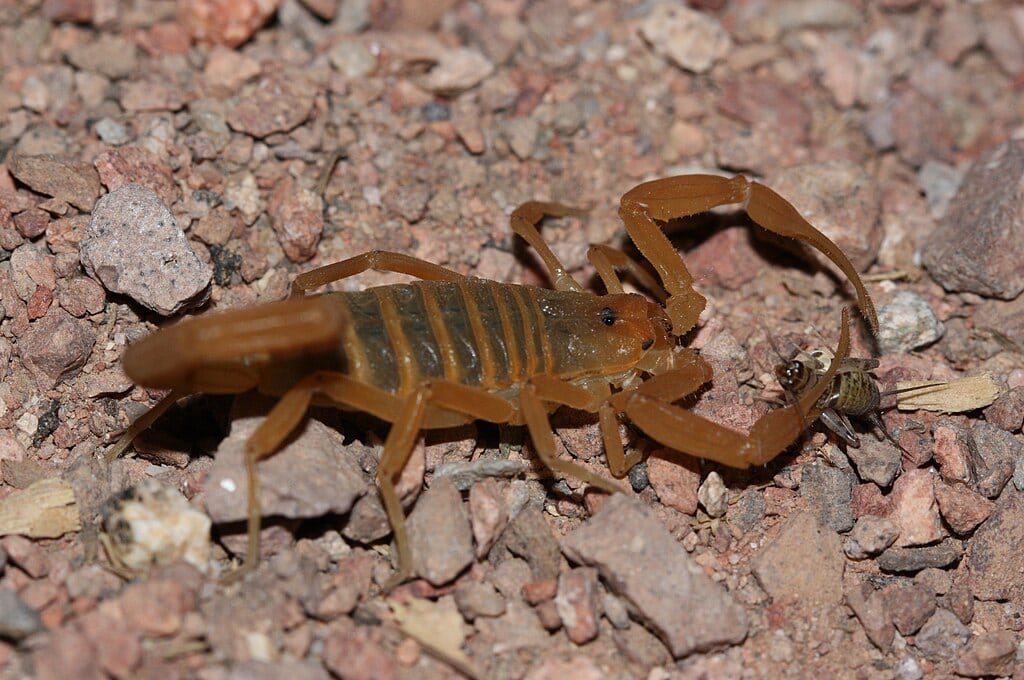
Each continent’s most venomous species plays crucial ecological roles that extend far beyond their danger to humans. The Arizona bark scorpion helps control insect populations in desert ecosystems, while the box jellyfish serves as both predator and prey in marine food webs. These relationships highlight the interconnected nature of ecosystems and the importance of even dangerous species.
The loss of venomous species can have cascading effects throughout ecosystems. When top predators disappear, prey populations can explode, leading to overgrazing or other environmental problems. The venom these animals use for hunting is often precisely calibrated to their prey species, making them highly effective population regulators.
Understanding these ecological relationships is essential for conservation planning and ecosystem management. Protecting venomous species often means protecting entire habitats and the complex web of relationships that sustain them. This ecosystem-level approach to conservation is increasingly recognized as the most effective way to maintain biodiversity.
Global Patterns and Comparisons

Comparing the most venomous animals across continents reveals fascinating patterns about evolution, geography, and ecology. Tropical continents tend to have more diverse venomous fauna, while isolated landmasses often produce species with particularly potent toxins. These patterns help scientists understand how venom evolution is influenced by environmental factors.
The potency of venoms also varies significantly between continents, with Australian species generally being among the most toxic. This may be due to Australia’s isolation and unique evolutionary history, which has produced an unusually high concentration of dangerous species. The continent’s marine environment, in particular, harbors some of the world’s most venomous creatures.
These global patterns are not static, as climate change and human activity continue to alter the distribution and abundance of venomous species. Understanding current patterns provides a baseline for tracking future changes and predicting where new human-wildlife conflicts might emerge.
Technological Advances in Detection and Treatment

Modern technology is revolutionizing how we detect, study, and treat venomous animal encounters. Portable DNA sequencers can now identify species from tiny tissue samples, helping medical professionals determine the exact type of venom involved in an envenomation. This rapid identification can be crucial for selecting the appropriate antivenom and treatment protocol.
Advanced imaging techniques are revealing new details about venom delivery systems, from the microscopic structure of snake fangs to the firing mechanism of jellyfish cnidocytes. This knowledge is improving our understanding of how venoms work and how they might be blocked or neutralized more effectively.
Telemedicine is also playing an increasingly important role in treating venomous animal encounters in remote areas. Specialists can now guide local medical personnel through treatment protocols via video link, bringing expert knowledge to areas where encounters are most likely but specialized medical care is least available.
Conclusion
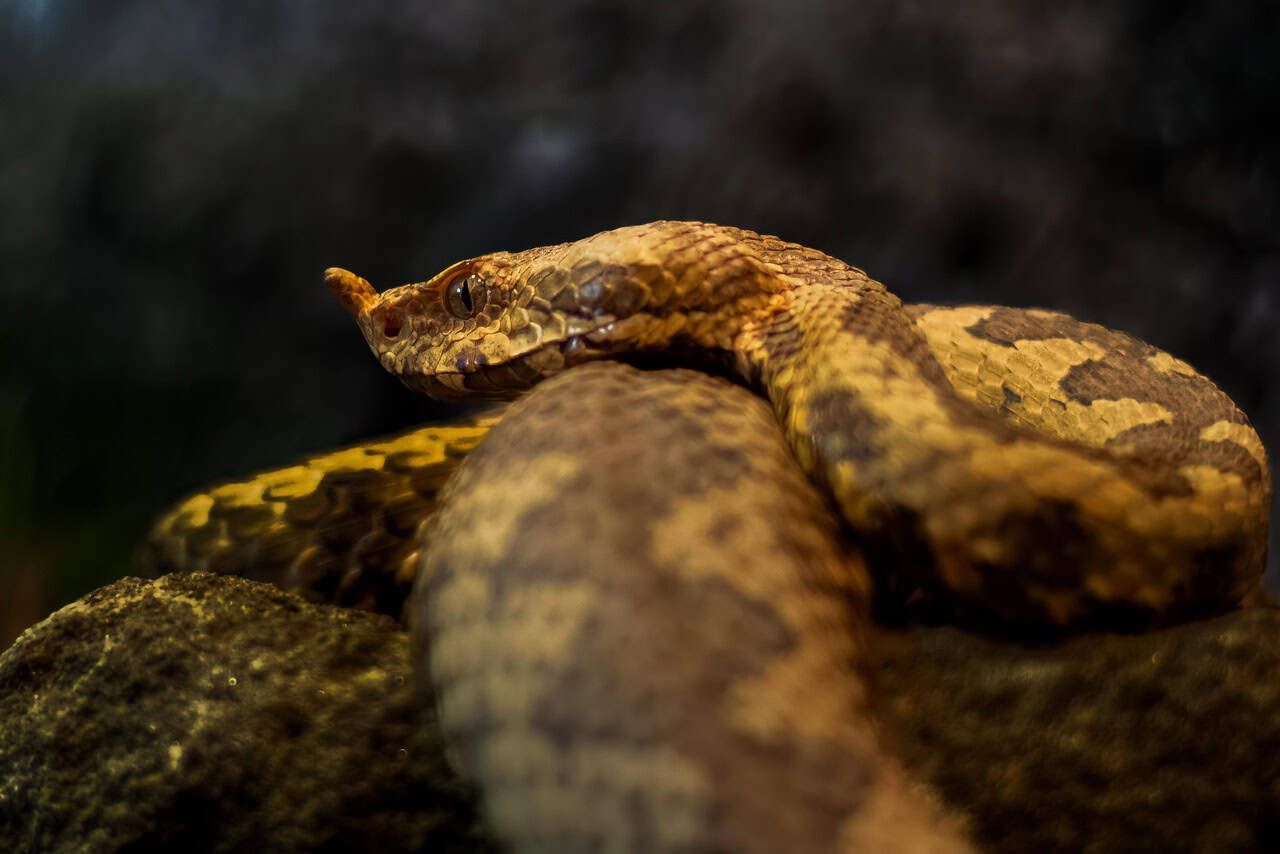
The world’s most venomous animals represent some of nature’s most sophisticated and deadly creations. From the Arizona bark scorpion’s neurotoxic sting to the box jellyfish’s lightning-fast kill, these creatures have evolved incredible abilities that both fascinate and terrify us. Each continent’s venomous champion reflects millions of years of evolutionary refinement, creating unique solutions to the challenges of survival in their specific environments.
Understanding these animals is crucial not just for safety, but for advancing medical science and conservation efforts. The compounds they produce could hold keys to treating human diseases, while their ecological roles make them essential components of healthy ecosystems. As we continue to study these remarkable creatures, we gain deeper insights into the complexity and interconnectedness of life on Earth.
The next time you encounter news about a venomous animal, remember that you’re learning about one of evolution’s most successful experiments. These creatures have survived and thrived for millions of years, adapting to every conceivable environment from frozen Antarctic waters to scorching desert sands. What other secrets might these masters of survival, chemistry, and adaptation still hold—secrets that could change the way we heal, protect, and understand the world around us?
- This Bat Colony Is the Largest Mammal Gathering in North America - August 7, 2025
- These Giant Jellyfish Keep Washing Up on U.S. Beaches - August 7, 2025
- This Animal Sleeps with One Eye Open — Literally - August 7, 2025

